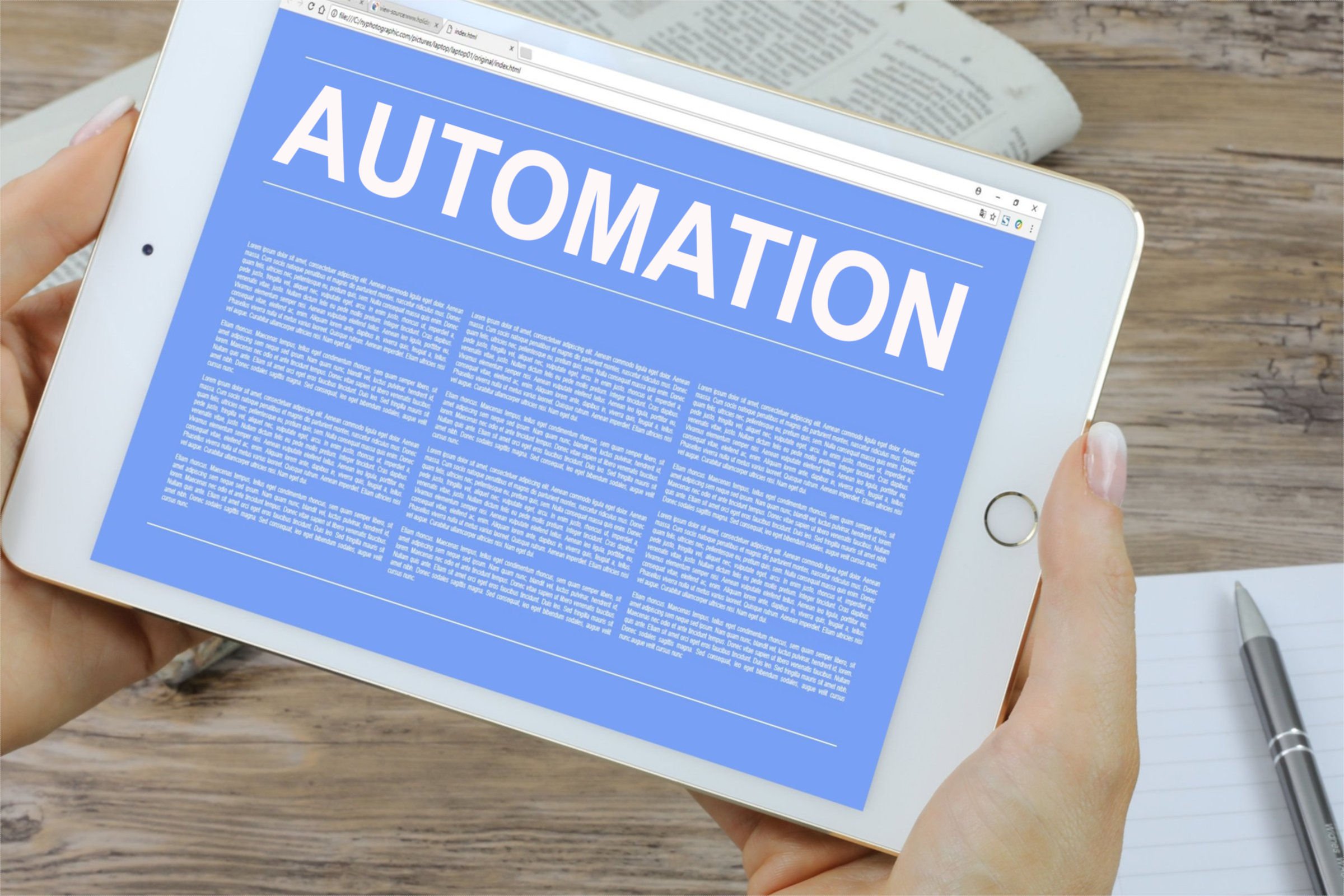Document automation is revolutionizing the way businesses create and manage their documents. By utilizing software to automatically generate and populate documents, businesses can streamline their processes, save time, reduce costs, and improve the accuracy and consistency of their documents. However, there are several misconceptions surrounding document automation that hinder its widespread adoption. In this blog post, we will debunk four of the most common misconceptions and shed light on the truth about document automation. Before we debunk some common misconceptions about document automation, let’s first take a look at what it is.
What is Document Automation?
Document automation is the process of using software to create and populate documents automatically. This can save businesses a significant amount of time and money, as well as improve the accuracy and consistency of their documents.
Document automation works by using templates and data sources to populate documents. The templates define the structure of the document, and the data sources provide the information that is inserted into the document. This information can come from a variety of sources, such as databases, spreadsheets, and CRM systems.
Document automation can be used to create a wide variety of documents, including contracts, proposals, invoices, and even marketing materials. By automating the creation of these documents, businesses can save time, reduce errors, and improve their efficiency.
Here are some of the benefits of document automation:
- Save time: Document automation can save businesses a significant amount of time by automating the creation of documents. This frees up employees to focus on other tasks that are more important to the business.
- Reduce errors: Document automation can help to reduce errors in documents by ensuring that the information is entered correctly. This can save businesses money in the long run by avoiding costly mistakes.
- Improve efficiency: Document automation can help to improve the efficiency of businesses by streamlining their document creation process. This can lead to faster turnaround times and better customer service.
If you are considering implementing document automation in your business, there are a few things you need to keep in mind:
- The type of documents you need to automate: Document automation is not a one-size-fits-all solution. The type of documents you need to automate will determine the type of document automation solution you need.
- The size of your business: The size of your business will also affect the type of document automation solution you need. Smaller businesses may be able to get away with a simpler solution, while larger businesses may need a more robust solution.
- Your budget: Document automation solutions can range in price from a few hundred dollars to several thousand dollars. It is important to factor in your budget when choosing a document automation solution.
Now that you know what document automation is, let’s take a look at some of the misconceptions that surround it.
Misconception #1: Document automation is only for large organizations.
 Contrary to popular belief, document automation is not exclusive to large organizations. In fact, businesses of all sizes can benefit from implementing document automation. While large organizations may have more complex document workflows, small businesses can gain even more significant advantages from document automation. With limited resources, small businesses can leverage document automation to eliminate manual document creation and processing, freeing up valuable time and resources to focus on core business activities.
Contrary to popular belief, document automation is not exclusive to large organizations. In fact, businesses of all sizes can benefit from implementing document automation. While large organizations may have more complex document workflows, small businesses can gain even more significant advantages from document automation. With limited resources, small businesses can leverage document automation to eliminate manual document creation and processing, freeing up valuable time and resources to focus on core business activities.
For example, let’s say you’re a small business owner who needs to create and send out contracts on a regular basis. With document automation, you can create a template contract and then populate it with the relevant information for each client. This can save you hours of time each month, and it ensures that your contracts are always accurate and compliant.
Misconception #2: Document automation eliminates the need for human involvement.
While document automation certainly automates many tasks involved in document creation and processing, it does not render human involvement obsolete. Humans still play a crucial role in the document automation process. For instance, they need to review and approve the documents generated by the automation software, ensuring their accuracy and compliance. Document automation complements human efforts by reducing manual labor and minimizing errors, leading to increased productivity and improved document quality.
In fact, human involvement is often essential to the success of document automation. For example, a human may need to provide input on the design of the document template, or they may need to make decisions about which data fields should be included in the document. By working together, humans and automation can create documents that are both accurate and efficient.
Misconception #3: Document automation requires a lot of technical expertise.
 Another misconception surrounding document automation is that it demands extensive technical expertise to implement and utilize effectively. While certain document automation solutions may have a steeper learning curve, there are numerous user-friendly options available. These solutions are designed to be intuitive and accessible, enabling businesses with little to no prior experience in document automation to adopt and utilize them seamlessly. With user-friendly interfaces and comprehensive support, businesses can quickly harness the power of document automation without the need for specialized technical knowledge.
Another misconception surrounding document automation is that it demands extensive technical expertise to implement and utilize effectively. While certain document automation solutions may have a steeper learning curve, there are numerous user-friendly options available. These solutions are designed to be intuitive and accessible, enabling businesses with little to no prior experience in document automation to adopt and utilize them seamlessly. With user-friendly interfaces and comprehensive support, businesses can quickly harness the power of document automation without the need for specialized technical knowledge.
For example, let’s say you’re a small business owner who wants to start using document automation but you don’t have any experience with it. You can easily find a user-friendly document automation solution that can be implemented in just a few hours. Once the solution is implemented, you can start creating and automating documents with the click of a button.
Misconception #4: Document automation is only used for certain types of documents.
Document automation is a versatile tool that can be applied to various types of documents across different industries. Whether you need to automate the creation of contracts, proposals, invoices, or even marketing materials, document automation can streamline the process. By defining templates and integrating data sources, businesses can generate customized, professional-looking documents in a fraction of the time it would take manually. This flexibility makes document automation a valuable asset for businesses across a wide range of sectors.
For example, a law firm could use document automation to create and populate standard legal documents, such as contracts and wills. A marketing agency could use document automation to create and send out personalized email campaigns. And a manufacturing company could use document automation to create and track work orders.
Conclusion
Document automation has the potential to transform the way businesses handle their documents, improving efficiency, accuracy, and productivity. By debunking these common misconceptions, we hope to encourage businesses of all sizes and industries to embrace the power of document automation. If you are considering adopting document automation for your business, it is crucial to understand the truth behind these misconceptions and make an informed decision.
Contact Us
If you have any questions or would like to explore how document automation can benefit your business, please don’t hesitate to contact us. Our team of experts is here to assist you in assessing your needs and recommending the best document automation solution tailored to your specific requirements.

